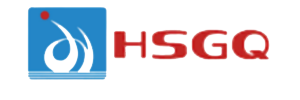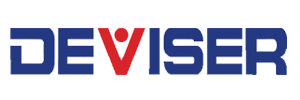Data Center
Data Center Design
Plan your data center with precision using D-TECH’s design guidelines, covering area sizing, rack specifications, ODF allocation, fiber optic connectivity, power redundancy, and environmental control.
Plan your data center with precision using D-TECH’s design guidelines, covering area sizing, rack specifications, ODF allocation, fiber optic connectivity, power redundancy, and environmental control.
Get Callback
Leave your detail here, we will call you back
Welcome to Support Center
Support for all your needs, in one place. Sign in to get personalized help and access your registered devices, software and existing service requests.
Why create an account
Place orders quickly and easily
View orders and track your shipping status
Manage your products, and product-level contacts using Company Administration.
Our Partners







Secure Payment By


